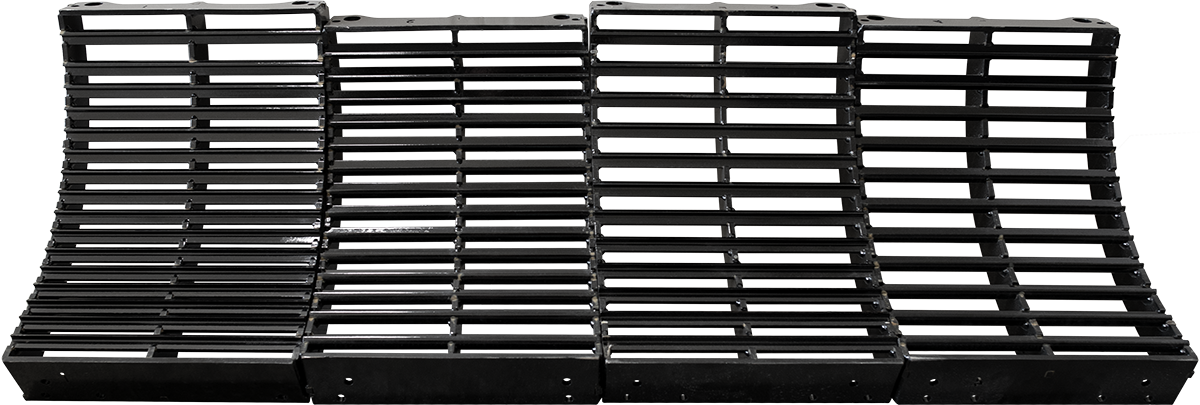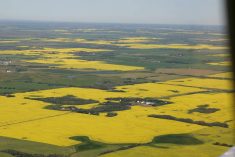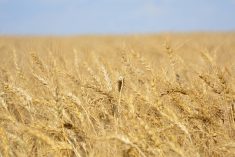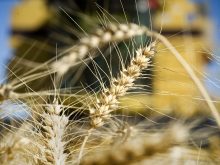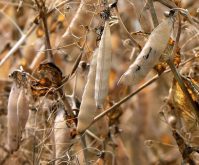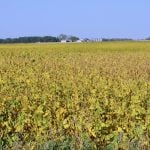Fed supply short
Fed cattle prices rose $1 per hundredweight last week, said Canfax.
Volume slipped to about 21,000 head but that was enough to keep feedlots current in their marketing.
Fed cattle exports totalled 18,740 head. The Canada-U.S. spot basis stayed at $12-under.
A few packers were very short with cattle being lifted within a day of being traded.
Alberta prices Nov. 24 were steers $95 per cwt. live and $156 flat rail with heifers at $94.45-$94.50 live.
Feedlots will use their bargaining position to push for higher prices. Packers will be reluctant due to their margin position, but with tight market-ready supplies, those without a large owned supply will likely have to pay up.
Read Also
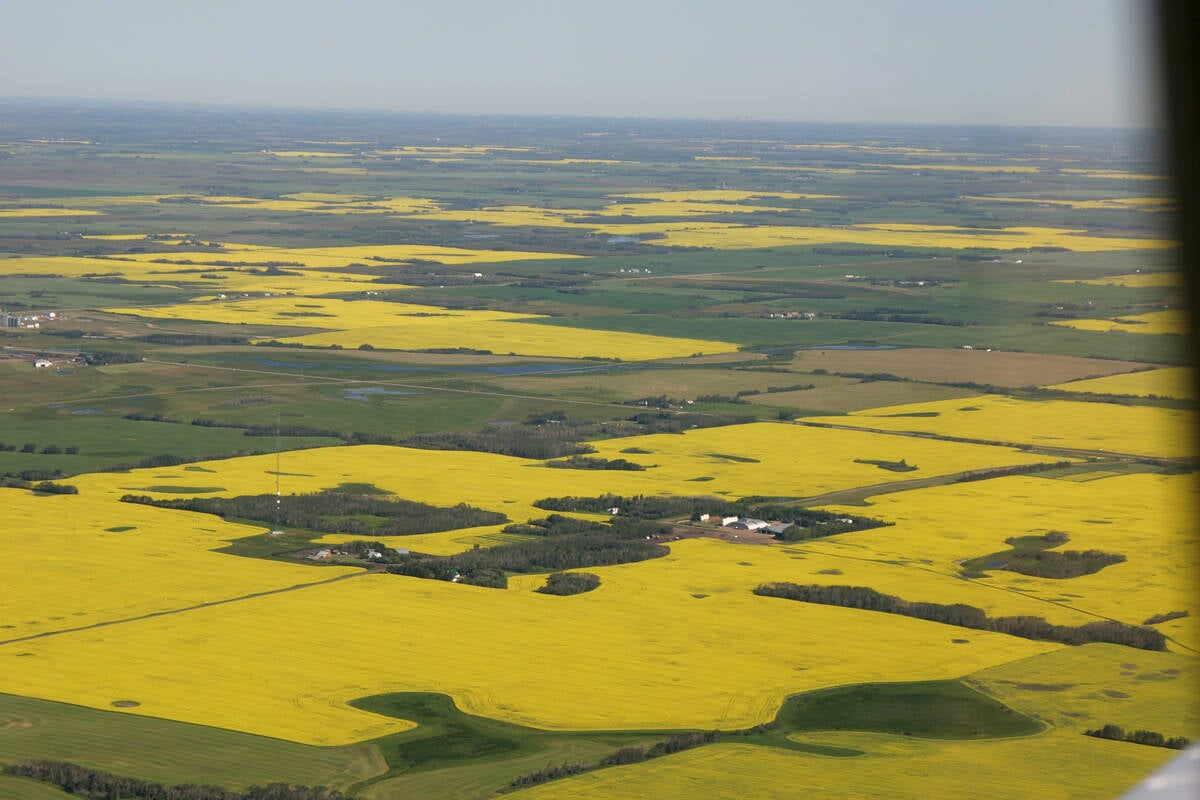
Increasing farmland prices blamed on investors
a major tax and financial services firm says investors are driving up the value of farmland, preventing young farmers from entering the business. Robert Andjelic said that is bullshit.
Feedlots should keep up their marketing because new yearling cattle will soon hit the markets, said Canfax.
Meat price drops
U.S. cutouts during the Thanksgiving week lost $2.25 US per cwt. on Choice and $1.45 on Select. Even with the smaller U.S. kill in the last two weeks, packers couldn’t hold prices together.
In Canada, cutouts were expected to reflect the lower trend.
Even with all Canadian plants back to work, the kill two weeks ago was only 67,000, far from full capacity. That number included 15,000 cows, the largest weekly cow kill since 1996.
Calgary wholesale prices for delivery this week were steady at $155-$157.
Feeder quality an issue
Volumes through Alberta auction markets rose 25 percent to about 89,000 head, up 56 percent from last year.
Price ranges widened on most weight groups as more second and third cut cattle were marketed, said Canfax.
Top quality cattle brought good prices as seen with a package of 800-900 pound steers as high as $130.25 and some 900 lb. and heavier steers at $127.75.
The steer-heifer spread widened slightly on calves as steers gained 75 cents-$1.75 from the week before, while heifers lost 25-75 cents.
Yearling steers on average were steady to 75 cents higher and yearling heifers were steady to $1 higher.
D1, 2 cows were under pressure with larger volumes moving, falling $2.75. Butcher bulls fell $2.
Feeder cattle exports continue to be surprisingly strong with 8,000 head moving two weeks ago. This should continue to support feeder prices, Canfax said. However, quality could make the feeder market appear choppy at times.
Stock bred cows and heifers in central and northern Alberta were steady with most at $700-$1,000 and top quality as high as $1,375.
Cow-calf pairs in the same regions were $650-$1,000, with tops to $1,400.
Hog prices fall
American and Canadian cash hog prices fell last week.
Packer demand weakened as plants closed for American Thanksgiving. Also, the Cargill plant in Ottumwa, Iowa, curtailed operations for part of the week due to an accident.
About 1.88 million head were processed, down from 2.1 million the week before, but up from the 1.87 million the same week last year.
The Iowa-southern Minnesota live cash price for hogs delivered to plants on Nov. 25 fell to $41 US, down from $44 Nov. 18.
The U.S. Department of Agriculture composite pork carcass cut-out value was $66.69 per cwt. on Nov. 25, up from the $65.50 posted Nov. 18.
Slaughter margins are profitable resulting in expectations that slaughter pace would pick up this week.
Cold weather was expected to settle on the U.S. Midwest this week, slowing hog growth and supporting prices. Futures traders noted that hog prices tend to rise in December.
Heavy lambs rise
Ontario Stockyards reported 2,031 sheep and lambs and 197 goats traded. Heavy lambs traded $8 Cdn cwt. higher. Light lambs, sheep and goats were steady.

